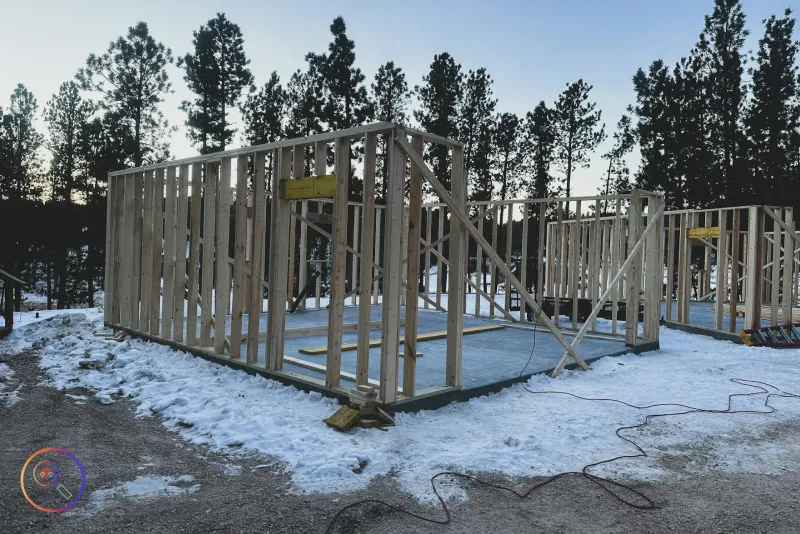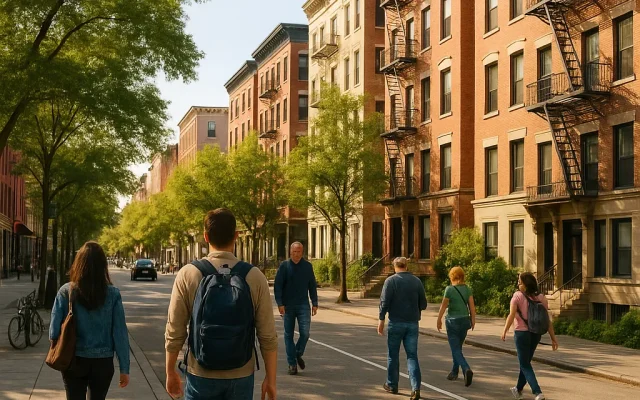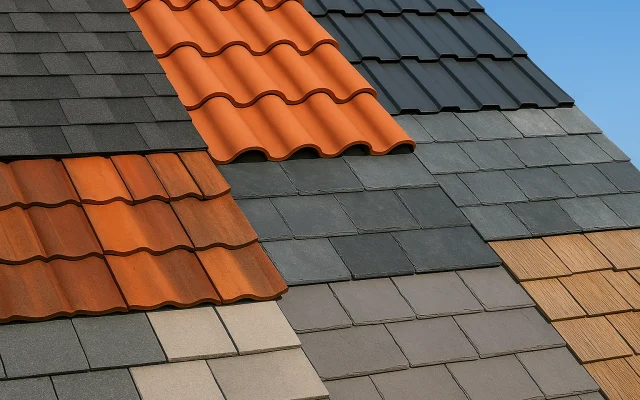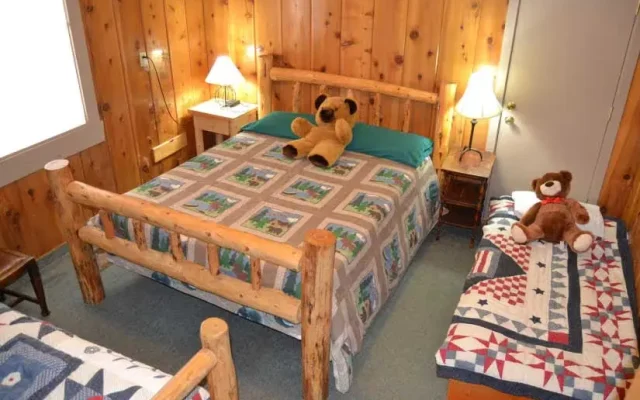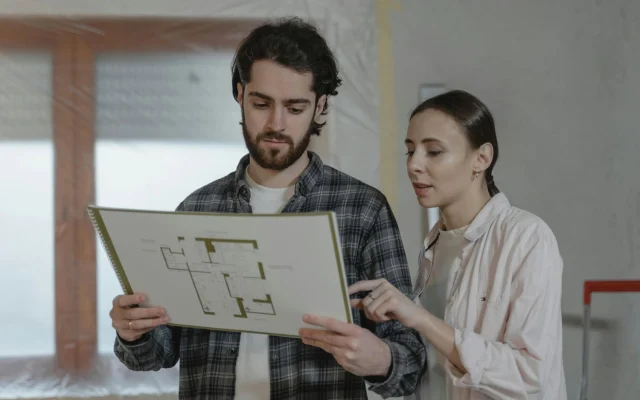Homeowners often find themselves caught between mud-jacking and foundation replacement when their property begins to show signs of sinking, cracking, or uneven settlement. While both approaches aim to restore stability and safety, they differ in terms of cost, technique, and long-term outcomes. Choosing the right solution is less about following trends and more about understanding how each method impacts the future of your home. Let’s explore what sets them apart and why this debate is gaining so much attention.
Understanding Mud-Jacking
Mud-jacking, also known as slab jacking, is a process that involves pumping a slurry mixture beneath a sinking slab to lift it back into place. This repair hack has become popular because it offers a quicker fix without requiring major demolition. The process typically involves drilling
small holes into the slab, injecting the material, and allowing it to harden, which restores the original level of the foundation. Many homeowners turn to mud-jacking because it is less invasive and often completed within a single day, making it an appealing choice for those who want a fast and affordable solution.
The Limits of Mud-Jacking
While mud-jacking may seem like a miracle fix, it has limitations that every homeowner should be aware of. The slurry used is heavy, which can sometimes cause additional soil settlement under certain conditions. Additionally, mud-jacking may not be ideal for foundations with extensive structural damage, severe cracks, or poor underlying soil conditions. In these situations, lifting the slab only provides a temporary solution, requiring homeowners to revisit the same problem in a few years. Longevity is where mud-jacking often falls short.
When Replacement Becomes Necessary
Foundation replacement, on the other hand, is the complete removal and rebuilding of a compromised foundation. This is not a quick fix but rather a long-term investment in the safety and value of the home. Replacement addresses not just the visible cracks but the root of the issue—unstable or failed materials.
While it requires more time, labor, and cost upfront, it ensures the foundation will stand strong for decades without the recurring issues that may arise from patch-style solutions, such as mud-jacking. For homes with severe settlement or major structural issues, replacement is often the only practical option.
Comparing Costs and Value
At first glance, mud-jacking is significantly less expensive than replacement, which is why many homeowners view it as the go-to option. However, cost should not be the only factor to consider. If a quick fix leads to repeated repairs, the expenses can add up over time.
Foundation replacement may have a higher price tag, but it provides long-term stability and adds more value to the property. Buyers are often wary of homes with a history of repeated foundation repairs, making a full replacement a stronger selling point if you ever put your home on the market.
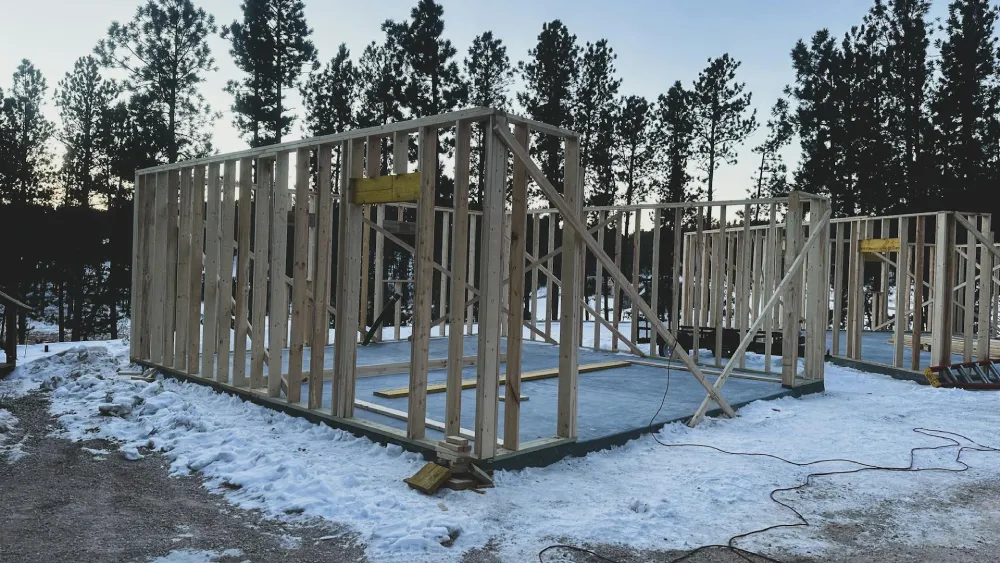
Signs Your Foundation Needs Attention
Not every crack or uneven floor requires immediate replacement, but there are warning signs you shouldn’t ignore:
- Cracks in walls or ceilings – especially those wider than 1/8 inch.
- Doors and windows sticking – shifts in alignment often indicate foundation movement.
- Uneven floors – sagging or sloping may suggest soil settlement beneath the slab.
- Water pooling near the base of your home – drainage issues can accelerate foundation problems.
Documenting these signs with photos and dates can help track whether the problem is worsening.
Factors That Influence Your Decision
When choosing between mud-jacking and replacement, several factors should guide your choice:
| Factor | Mud-Jacking | Replacement |
| Cost | Lower upfront, but may require repeat work | Higher upfront, but long-lasting |
| Time to Complete | Usually 1 day | Weeks, depending on severity |
| Longevity | 5–10 years (average) | 50+ years (with proper maintenance) |
| Invasiveness | Minimal disruption | Major excavation and rebuild |
| Best For | Minor settling, cosmetic cracks | Severe structural damage, unstable soils |
Preventative Measures to Avoid Future Issues
Even after repairs, proactive maintenance is key:
- Ensure proper drainage – install gutters and extend downspouts to redirect water away.
- Grade your yard correctly – soil should slope away from the foundation.
- Avoid overwatering – consistent soil moisture helps prevent uneven expansion or contraction.
- Schedule regular inspections – a professional review every 3–5 years can catch early issues.
Eco-Friendly Perspectives
Homeowners are increasingly weighing environmental impact:
- Mud-jacking uses recycled materials in many slurry mixes, making it a sustainable option.
- Replacement allows for modern building techniques and materials, which may improve energy efficiency and reduce long-term resource use.
Questions to Ask Your Contractor
Before committing to either solution, ask:
- What is the estimated lifespan of this repair?
- Will this solution address underlying soil issues or just the symptoms?
- Do you offer a warranty, and what does it cover?
- Can you provide references from past clients with similar problems?
The Smart Homeowner’s Choice
The debate of mud-jacking vs. replacement isn’t about which method is universally better—it’s about which method is better for your specific situation. A home with minor settling and intact structural support may benefit from mud-jacking. However, a home with significant damage will often require a full replacement to ensure safety. Consulting with a foundation repair specialist can help determine which option offers the right balance of cost, durability, and peace of mind.
Foundation problems can feel overwhelming, but the right approach makes all the difference. Mud-jacking provides a fast, affordable, and eco-friendly solution, while replacement ensures long-term durability at a higher cost. The best choice depends on the condition of your concrete and your future goals. For expert guidance and reliable solutions, visit pinnaclefoundationrepair.com to take the first step toward restoring strength and stability to your home.
Frequently Asked Questions (FAQs)
Mud-jacking lifts the existing foundation slab, while replacement involves removing and rebuilding the foundation entirely.
On average, mud-jacking can last 5–10 years, depending on soil conditions and maintenance.
Not always, but in cases of major structural failure or unstable soil, replacement is often the only reliable option.
Mud-jacking typically costs a fraction of replacement, but repeat repairs can add up over time.
Yes, foam injection is a modern alternative that’s lighter, more durable, and less likely to cause future soil settlement.
Yes, especially if you opt for full replacement, which reassures future buyers about long-term stability.
A professional inspection and soil analysis will determine whether a quick repair or a full replacement is best.
Absolutely—uneven floors, sticking doors, and visible cracks can disrupt comfort and peace of mind until addressed.

